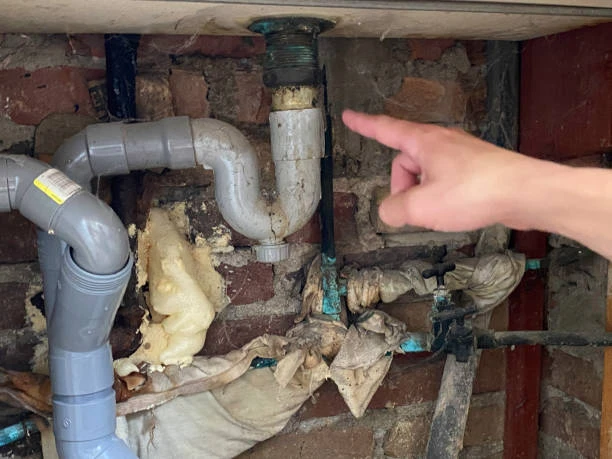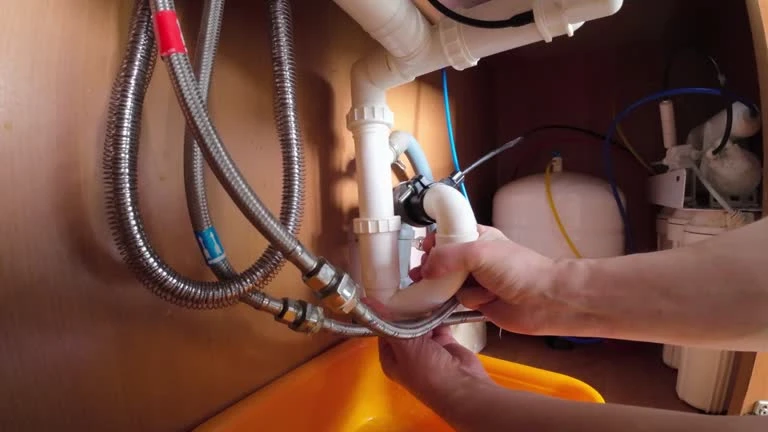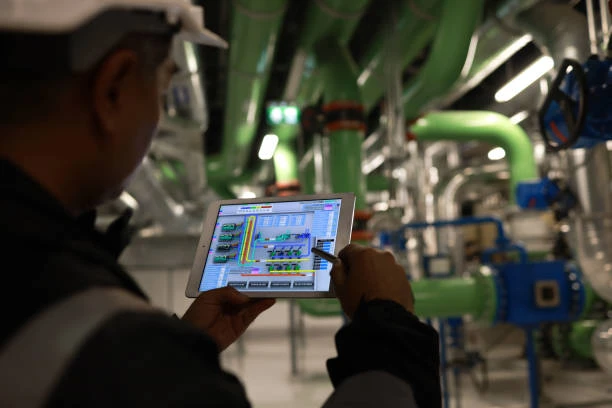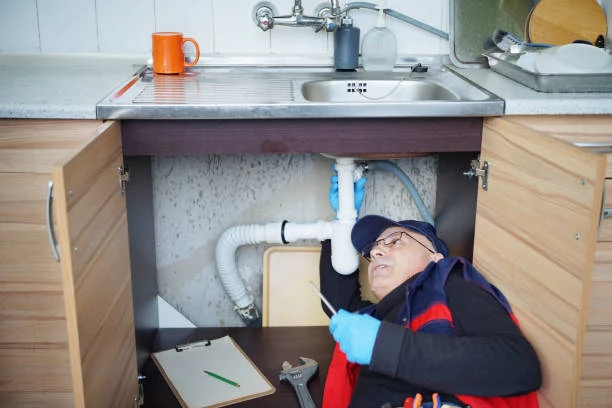Easily Learn Copper Faucet Installation Skills
Understanding how to install copper faucets correctly is crucial for achieving reliable and long-lasting plumbing results. Whether you’re renovating a bathroom, building a commercial facility, or simply replacing an old fixture, mastering the right techniques saves time, prevents leaks, and ensures a clean, efficient finish. This guide walks you through essential knowledge and skills for installing copper faucets, including where to use them, what to look for when purchasing components, and how to compare them to other materials. We’ll also explain how a universal faucet fits into different installation scenarios, why valve quality matters, and what sets copper apart in today’s plumbing industry.
Frequently Asked Questions (FAQ)
1. What is a universal faucet, and does it work with copper fittings?
A universal faucet is designed to fit a wide variety of sink configurations and plumbing systems. It often comes with adaptable connectors, making it compatible with copper, PEX, PVC, or other pipe types. When installed correctly, it works well with copper valve systems, offering flexibility and ease of installation.
2. Is copper the best material for faucet valves?
Copper is widely respected in plumbing for its durability, resistance to corrosion, and hygienic benefits. It performs especially well in hot and cold water applications. While other materials have their uses, copper often stands out for long-term performance.
3. Can I install a copper faucet on my own?
Yes, basic installations can be done independently if you follow proper instructions and have the right tools. However, for large or complex systems, professional help may be more efficient.
4. What tools do I need for installing a copper faucet?
Common tools include an adjustable spanner, pipe cutter, plumber’s tape, sealant, and in some cases, a torch if soldering is required. Adaptors may also be needed when connecting with a universal faucet.
5. Do copper fittings connect well with plastic systems?
Yes, but with the right transition fittings. For example, when joining copper with ABS, PEX, or fittings on a universal faucet, use compression or threaded adaptors to ensure a secure connection.
Valve Basics: Definition and Key Features
A valve is a device that controls the flow of water or gas within a plumbing system. In faucet installations, valves regulate pressure, flow direction, and shut-off capability. Copper valves are particularly valued for their mechanical reliability and thermal tolerance.
Key characteristics of copper valves:
Corrosion Resistance: Ideal for water systems, copper does not rust or degrade easily.
Thermal Strength: Performs well under both hot and cold water conditions.
Hygiene: Copper is naturally antimicrobial, limiting bacterial growth inside the pipes.
Mechanical Integrity: Strong and stable under pressure, making it ideal for long-term use.
Material Compatibility: Suitable for integration with plastic, stainless steel, and universal faucet systems.
These features make copper valves a dependable solution in both domestic and industrial installations.
Common Applications and Industry Use
Copper faucets and valves are used across various industries due to their reliability and versatility. While some installations now incorporate universal faucet fittings for adaptability, copper remains the core choice for pressure-bearing sections.
Typical use cases:
Domestic Kitchens and Bathrooms: For sink and basin taps where consistent water flow is essential.
Commercial Settings: Offices, retail centres, and public washrooms benefit from copper’s durability.
Healthcare Facilities: Copper’s antimicrobial qualities are valuable in sterile environments.
Industrial Operations: Withstands temperature extremes and high-pressure systems.
Food and Beverage Manufacturing: Safe for environments requiring strict hygiene control.
Many projects use universal faucets for surface fittings while relying on copper valves in the supply system for dependable water control.
Buying Guide: Choosing the Right Faucet and Fittings
Selecting the right faucet fittings ensures compatibility, performance, and ease of maintenance. Here are important criteria to consider:
1. Material Selection
Look for high-quality copper components, especially in the valve body. Copper outperforms many plastic and alloy alternatives in strength and lifespan. Ensure compatibility with universal faucet setups through the use of certified adaptors.
2. Finish and Style
Choose from brushed, polished, or matte finishes depending on the design. Copper naturally forms a patina over time, which can be desirable for aesthetic appeal.
3. Certifications
Choose products tested under international standards such as ISO 21003, ASTM F1974, or CSA B137. Certified parts ensure safety, environmental compliance, and consistent quality.
4. Thread Type and Connection
Make sure the faucet and valve threads match your piping. Use Teflon tape or sealants to ensure leak-proof joins, especially when integrating with a universal faucet that may come with various thread sizes.
5. Valve Functionality
Opt for ceramic disc or quarter-turn valves for precise flow control. These mechanisms last longer and require less maintenance than traditional rubber washers.
Installation Tips and Best Practices
A smooth and leak-free copper faucet installation requires planning and attention to detail. Below are some practical tips to follow:
1. Shut Off Water Supply
Start by turning off the main water valve. Relieve pressure by opening a faucet.
2. Clean and Inspect All Parts
Ensure the installation area and fittings are free from debris, old sealant, or corrosion. Lay out all components before starting.
3. Mount the Faucet First
Place the faucet through the sink’s pre-drilled holes. Secure it using the provided nuts and washers. Universal faucets often come with adjustable mounting brackets for different sink types.
4. Connect Water Supply Lines
Use the correct adaptors to connect copper piping to the faucet. For universal faucet compatibility, check whether a compression or threaded transition is required. Apply PTFE tape on threaded parts to avoid leaks.
5. Seal and Test
After installation, turn on the water supply and inspect all joints for leaks. Run both hot and cold water to check for proper flow and temperature control.
Copper Valves vs. Other Materials: Comparison Table
Here’s a detailed comparison of copper valves with other common materials, including those used in universal faucet systems:
| Feature | Copper Valves | ABS Plastic Valves | Brass Valves | Stainless Steel Valves |
|---|---|---|---|---|
| Durability | Very High | Moderate | High | Very High |
| Temperature Resistance | Excellent | Low to Moderate | Moderate | Excellent |
| Corrosion Resistance | High | Medium | Medium | High |
| Antibacterial Properties | Natural | None | Limited | None |
| Installation Flexibility | Medium (requires tools) | High (lightweight) | Medium | Medium |
| Aesthetic Appeal | Classic, Patina Ages Well | Basic | Traditional Look | Modern Look |
| Cost | Moderate | Low | Moderate | High |
Copper provides an excellent balance of performance, hygiene, and aesthetic value. Universal faucets may use various materials, but copper fittings enhance their reliability when paired properly.
Conclusion
Installing copper faucets doesn’t have to be complicated. With the right approach, you can ensure a professional, long-lasting result whether you’re working with copper-only systems or combining them with a universal faucet. Choosing quality materials, following proper installation methods, and using certified fittings make all the difference.
Remember to plan carefully, inspect all parts before use, and always test the system after installation. With copper’s strength and dependability, your faucet system will serve reliably for years.
Contact IFAN for Catalogues and Samples
Need technical documents, catalogues, or sample products? Reach out to IFAN today.
For more information,pls visit our webside https://waterpipefitting.com/
Pls Mailto: [email protected]
Whatsapp: +86 15088288323
Our team responds quickly and provides professional support for all your pipeline needs.
IFAN International Standard
IFAN piping systems comply with a wide range of international standards to ensure high quality and performance. These include:
ASTM F1974 for multilayer piping systems
ASTM F1281 for composite pipe performance
CSA B137 for Canadian plumbing regulations
DIN 16836 for German engineering specifications
GB18997 for Chinese pipeline system compliance
ISO 21003 for hot and cold water multilayer systems
This comprehensive certification demonstrates IFAN’s commitment to global product quality, safety, and performance across all markets.














Recent Comments